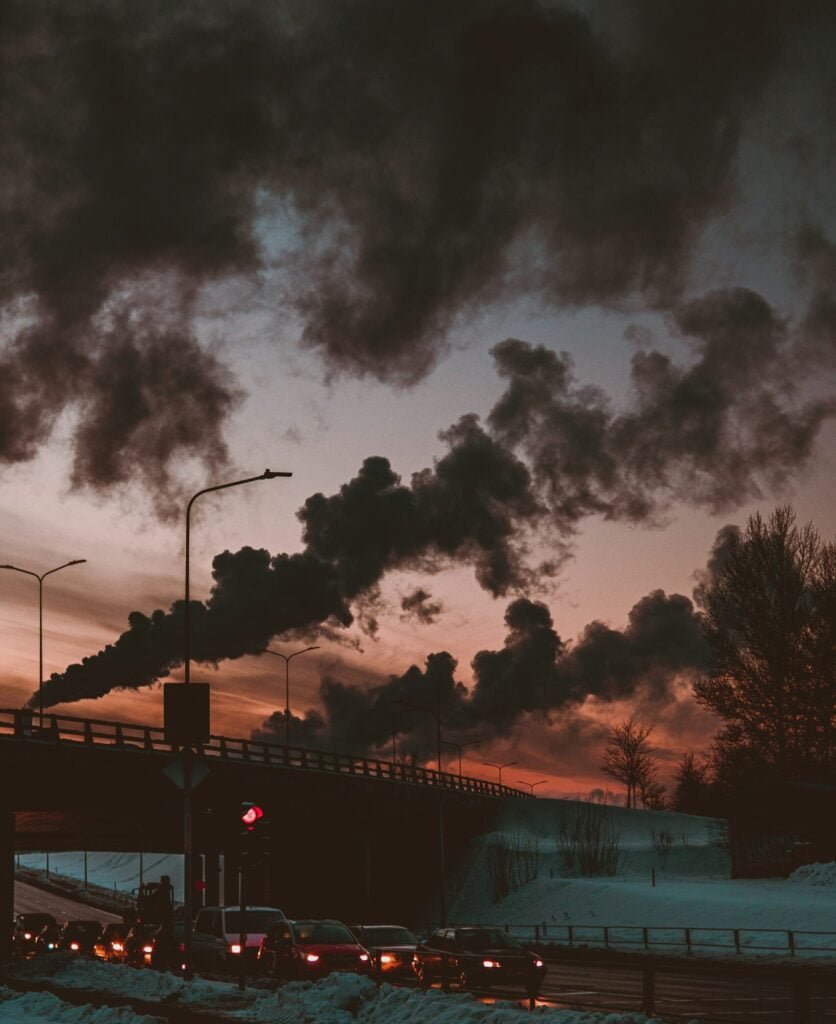Are billionaires mostly to blame for climate change?
Billionaires are one of the unexpected causes of climate change. In 2019, the super-rich 1% were responsible for more carbon emissions than 66% of humanity (5 billion people). The investments of 125 billionaires produce 393 million metric tonnes of carbon dioxide emissions every year. The billionaires included in the study have a collective $2.4 trillion stake in 183 companies, which averages out at 3 million metric tonnes of carbon dioxide emitted per billionaire per year.
The most comprehensive study of global climate inequality ever undertaken shows that this elite group, made up of 77 million people, including billionaires, millionaires, and those paid more than US$140,000 (£112,500) a year, accounted for 16% of all CO2 emissions in 2019—enough to cause more than a million excess deaths due to heat. America’s wealthiest people are also some of the world’s biggest polluters, not only because of their massive homes and private jets but also because of the fossil fuels generated by the companies they invest their money in. In the US, for example, one in four members of Congress reportedly owns stocks in fossil fuel companies worth a total of between $33 million and $93 million. Emissions from the richest 1% will cause 1.3 million heat-related deaths between 2020 and 2030. A new study published Thursday in the journal PLOS Climate found the wealthiest 10% of Americans are responsible for almost half of planet-heating pollution in the US and called on governments to shift away from “regressive” taxes on the carbon intensity of what people buy and focus on taxing climate-polluting investments instead.
More than 91% of deaths caused by climate-related disasters in the last 50 years occurred in low-income countries. The death toll from flooding alone is seven times higher in such countries. This is due in part to the fact that people with lower incomes often live in areas like dry riverbeds or poorly protected coastal areas that are prone to flooding, heat stress, and storms. In 2022, West Africa experienced massive flooding that displaced over 1.5 million people and damaged over 300,000 homes.
Rich countries agreed to support lower-income countries with funding for climate action in the 2015 Paris Agreement, but most of that funding has been provided as loans, and so far, the lower-income countries need 27 times more funding than they’re receiving. This lack of adequate support contributes to a situation where human mortality from floods, droughts, and storms is 15 times higher in lower-income regions compared to wealthier parts of the world.
The way the richest people in the world burn through carbon is threatening the survival of millions of people. The international community has determined that the Earth should not be allowed to warm beyond 1.5°C (2.7°F) if we want the planet to remain livable for most of humanity. To prevent catastrophic warming beyond this point, global emissions have to be cut by 48% by 2030. Thanks in large part to the super-rich, we are not on track to reach that goal.
The emissions of half the global population with the lowest income make up just one-fifth of the carbon budget. Meanwhile, the super-rich are projected to emit more than 23 times the amount of carbon it will take to stay under that 1.5°C in 2030, blowing the budget out of the water.
While billionaires and their corporations play a significant role in contributing to climate change, they are part of a larger system that includes consumers, governments, and global economic practices. The responsibility is shared, but given their wealth and influence, billionaires have a greater capacity—and arguably a greater responsibility—to drive meaningful change. Blaming billionaires alone oversimplifies the issue, but their actions and the industries they control are indeed significant factors in the ongoing climate crisis.



